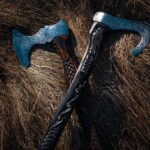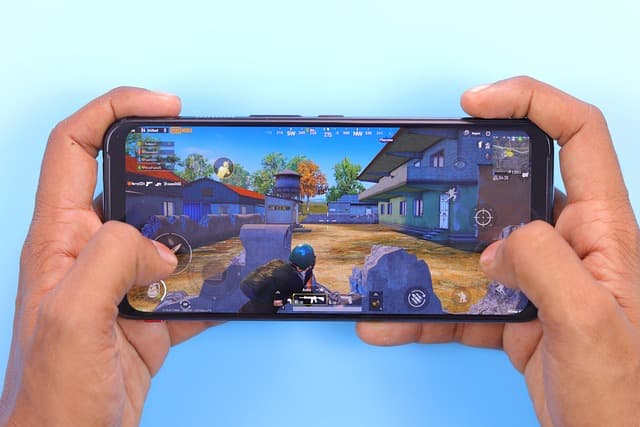What Makes Combat Interesting: Micro- Solutions and Macro- Strategies
Combat systems are the heart of many video games. From action to tactics, from shooter to JRPG, battles need to be engaging, not just beautiful. And more often than not, the right balance between micro-solutions and macro-strategy is behind it.
Micro-decisions: instant choice
This is everything a player does within a single battle scene:
- Dodge or block?
- Use a hit or risk killing the enemy?
- Use a special ability or wait for a rollback?
For example, in Sekiro: Shadows Die Twice, the player decides every second whether to dodge, jump, attack, or retreat. Every decision is a test of reflexes and intuition. It is the micro-decisions that create tension and drive.
Macro-strategies: big plans
This is already the overall battle formation and preparation for the battle:
- What abilities to bring with you?
- Which objectives are prioritized?
- Is it worth fighting now or retreating?
In XCOM 2, battles are won not only by apt shots, but also by the right choice of positions, weapon modifications, and the team’s long-term strategy. In Divinity: Original Sin 2, victory often depends on how you position your heroes before the fight and what combos you have in mind.
Why do you need both?
When there’s only micro, combat gets tiring quickly. You’re pressing buttons, but you’re not thinking beyond the next second. When there’s only macro, combat becomes a chess problem – slow and dry.
But when both levels work together, the player feels depth and control. He’s engaged in the moment, but he’s also planning several moves ahead.
Examples of good balance
- Hades: every battle is dynamic and a stream of micro-decisions, but the build and choice of gifts gives strategic depth.
- Slay the Spire: seems like a turn-based card, but every card in your hand is an urgent micro-decision.
- Total War: global strategy meets real army management on the battlefield.
Conclusion
An interesting battle is a dialog between the player and the system. He thinks quickly and strategically, he acts and plans. He is not a spectator, but a tactician and a fighter at the same time. If the game gives the player opportunities on both levels – it wins.









